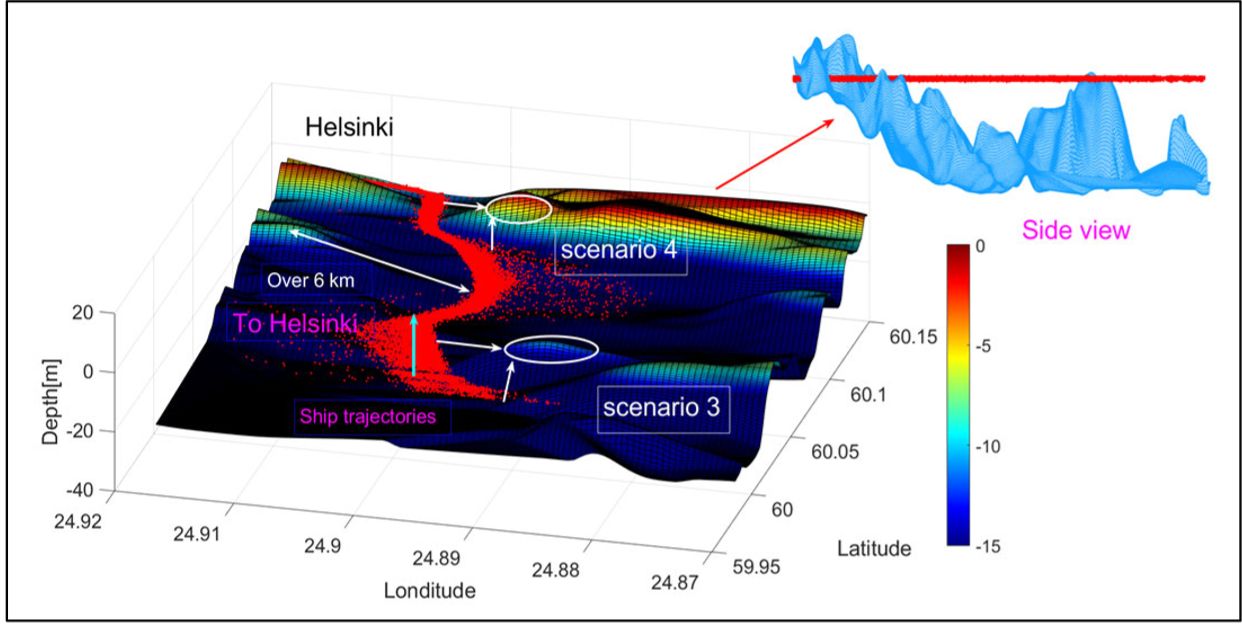November 17, 2020
NAPA tackles grounding risk with Big Data in the FLARE project
by Teemu Manderbacka, Lead R&D Engineer, NAPA Shipping Solutions
How can Big Data help us understand – and, importantly avoid – grounding accidents?
To answer this question and more, NAPA is participating in the FLARE project, a European Commission-funded collaboration between key stakeholders from industry, academia, and policymakers, involved in ship flooding risk research. FLARE will be aiming to increase passenger ship safety by using big data to understand more about real-life operating conditions. FLARE encompasses various different aspects of passenger ship safety. Here NAPA’s unrivaled vessel modeling data and data-handling expertise have been valuable. So far, we’ve used NAPA Emergency Computer and NAPA Fleet Intelligence risk-based methodology to enable “live” flooding risk assessment and control for the passenger ship sector.
Collisions and grounding are the most common causes of accidents in the passenger ship sector. A review of accident records in the Baltic has shown that in terms of accident occurrence, collisions and groundings are the most common accidents. Collisions account for almost 32 % of accidents between 2014 – 2017. Over the same period, there have been 153 grounding or stranding events accounting for 24.8 % of the accidents. However, current accident databases leave out crucial information about these accidents that could help us better evaluate waterway complexity, or the critical operational scenarios that make the difference between grounding and staying safe.
Big data gives us a chance to study these factors with a level of clarity like never before. While there are many qualitative studies of the decisions that lead to grounding or collision, there have been relatively few statistical approaches.

With FLARE, we created a big data analytics methodology and applied this to analyze the grounding avoidance behavior of a selected Ro-Pax ship. We took detailed traffic data obtained from the Automatic Identification System (AIS) and combined this with the General Bathymetric Chart of the Oceans (GEBCO) data for a three-year period of operations in the Gulf of Finland.
With the developed methodology we are able to identify crucial stages, which may potentially lead to grounding. This information enables us to understand what kind of risk of flooding a potential grounding would cause. This sets the stage for important work going forward. Grounding avoidance behavior can help develop ship safety contours, and may also provide inputs for the ship motion simulations, development of probabilistic grounding risk models, and further experiment design.
Interested in the research paper? It is available here: Analysis of the Grounding Avoidance Behavior of a Ro-Pax Ship in the Gulf of Finland using Big Data